
News Directory
How Do Cam Rollers Bearings Handle Heavy Loads?
2.Rolling Elements: A key factor in the ability of cam rollers bearings to handle heavy loads is the type and size of the rolling elements they utilize. Unlike traditional ball bearings, which employ spherical balls, cam rollers bearings utilize cylindrical rollers or needle rollers. These rollers are larger in diameter and have a greater contact area with the bearing raceways, distributing the load more evenly and reducing stress concentrations. As a result, cam rollers bearings are capable of supporting significantly higher radial and axial loads compared to ball bearings, making them ideal for heavy-duty applications where load capacity is paramount.Additionally, the use of cylindrical or needle rollers allows for smoother rolling motion and reduced friction, further enhancing the bearing's ability to handle heavy loads without excessive wear or heat generation. This combination of larger, more robust rolling elements and optimized contact geometry contributes to the exceptional load-carrying capacity of cam rollers bearings.
3.High Load Ratings: Cam rollers bearings are rigorously tested and rated for their capacity to withstand heavy loads over extended periods of operation. These load ratings are determined through standardized testing procedures that simulate real-world operating conditions, including radial and axial loads, speeds, and temperatures. Manufacturers provide load rating information to help users select the appropriate bearing for their specific application requirements.The high load ratings of cam rollers bearings are achieved through a combination of factors, including the design of the bearing components, the quality of materials used, and the precision manufacturing processes employed. By accurately calculating and specifying load ratings, manufacturers ensure that cam rollers bearings can reliably support heavy loads without premature failure or degradation in performance.
4.Rolling Contact: A critical aspect of cam rollers bearings' ability to handle heavy loads is the nature of the rolling contact between the rollers and the bearing raceways. Unlike sliding or friction-based mechanisms, rolling contact minimizes surface-to-surface friction, thereby reducing wear and heat generation. This is particularly advantageous in heavy-load applications, where frictional forces can be significant and can lead to premature wear and failure.By utilizing rolling contact, cam rollers bearings are able to distribute loads evenly across the bearing raceways, preventing localized stress concentrations that could result in fatigue or deformation. This uniform distribution of load helps maximize the bearing's load-carrying capacity and ensures consistent performance over time. Additionally, rolling contact promotes smooth and efficient motion, contributing to the overall reliability and longevity of the bearing in heavy-load applications.
5.Optimized Geometry: The geometry of cam rollers bearings is carefully engineered to optimize load distribution and minimize stress concentrations, particularly in heavy-load scenarios. This includes features such as crowned or profiled outer ring surfaces, which help to evenly distribute the load across the bearing raceway. By incorporating these design elements, manufacturers can enhance the bearing's ability to handle heavy loads while minimizing the risk of premature wear or failure.Crowned or profiled outer ring surfaces are especially beneficial in applications where the load is not uniformly distributed or where misalignment may occur. By providing a more forgiving contact surface, these design features help mitigate the effects of misalignment and ensure that the bearing can continue to operate effectively under heavy loads. Additionally, optimized bearing geometry can help reduce edge stresses and improve load distribution, further enhancing the bearing's load-carrying capacity and durability.
6.Sealing and Lubrication: Proper sealing and lubrication are essential for maintaining the performance and longevity of cam rollers bearings, especially in heavy-load applications where the demands on the bearing are particularly high. Effective seals help prevent contaminants such as dust, dirt, and moisture from entering the bearing and causing damage to the rolling elements and raceways. Additionally, seals help retain lubricant within the bearing, ensuring proper lubrication and minimizing friction and wear.Lubrication plays a crucial role in reducing friction and heat generation within the bearing, especially under heavy loads. The selection of an appropriate lubricant is based on factors such as load, speed, temperature, and environmental conditions. High-quality lubricants with excellent load-carrying and anti-wear properties are typically used in heavy-load applications to ensure optimal performance and longevity of the bearing. Some cam rollers bearings may also feature integral lubrication channels or reservoirs to facilitate lubricant distribution and replenishment, further enhancing their ability to handle heavy loads.Overall, proper sealing and lubrication are essential maintenance practices that help ensure the reliable performance and longevity of cam rollers bearings in heavy-load applications. By effectively sealing out contaminants and providing adequate lubrication, users can maximize the bearing's load-carrying capacity and minimize the risk of premature wear or failure.
7.Mounting Arrangements: Cam rollers bearings can be mounted in various configurations to optimize load distribution and support heavy loads effectively. Depending on the specific application requirements, bearings may be mounted individually, in pairs, or in combination with other bearing types to accommodate complex load conditions. For example, tandem or back-to-back arrangements can be used to increase axial load capacity, while preloading techniques can be employed to minimize clearance and improve rigidity.Additionally, cam rollers bearings can be mounted using different types of bearing housings or mounting arrangements to ensure proper alignment and support. Careful attention to mounting tolerances, alignment procedures, and preload settings is essential to ensure optimal performance and longevity of the bearing in heavy-load applications. By selecting the appropriate mounting arrangement and following proper installation procedures, users can maximize the bearing's load-carrying capacity and minimize the risk of premature wear or failure.
8.Application-Specific Designs: In some cases, cam rollers bearings may be customized or tailored to meet the specific requirements of heavy-load applications. This may involve modifications to the bearing's internal geometry, surface treatments, or material composition to enhance load-carrying capacity, durability, and performance. For example, bearings used in high-temperature or corrosive environments may be equipped with special coatings or treatments to improve resistance to heat and corrosion.Additionally, bearings may be designed with features such as integral seals, shields, or grease fittings to enhance sealing effectiveness, protect against contaminants, and facilitate lubrication. By incorporating these application-specific design elements, manufacturers can ensure that cam rollers bearings are well-suited to the demands of heavy-load applications, providing reliable performance and longevity in challenging operating conditions.
Single Row Ball Rollers Bearing
A single row ball roller bearing is a precision-engineered mechanical component designed to facilitate smooth rotation and reduce friction between moving parts. This essential component finds widespread application in various industries, including automotive, aerospace, machinery, and robotics, where rotational motion is a critical aspect of functionality.
At its core, the single row ball roller bearing consists of an outer ring, an inner ring, a set of rolling elements (usually balls), and a cage that retains and guides these rolling elements. The ingenious design allows for efficient distribution of radial and axial loads, ensuring performance under diverse operating conditions.



 English
English 中文简体
中文简体 عربى
عربى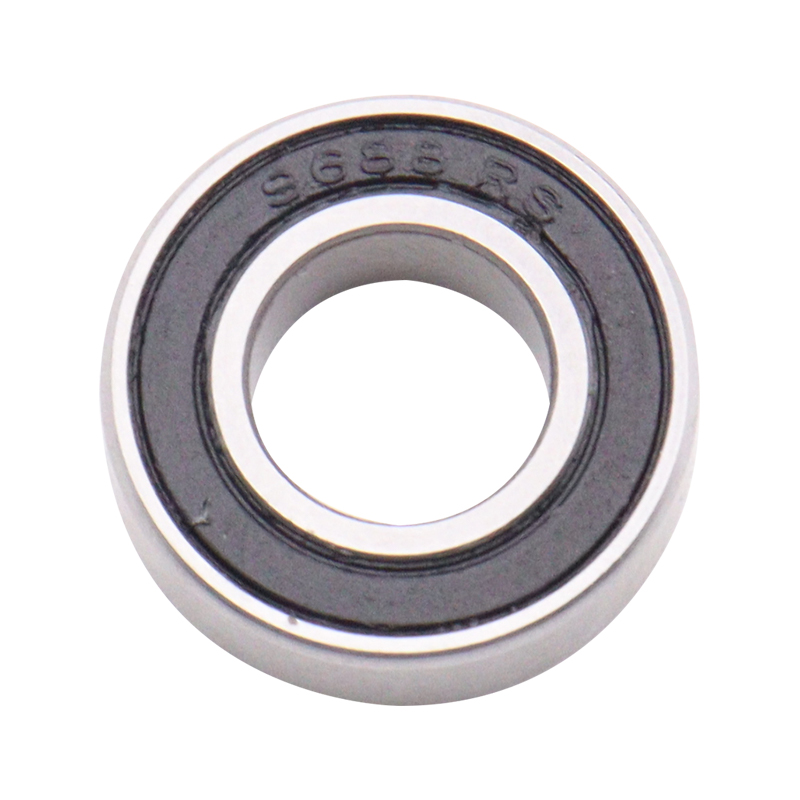
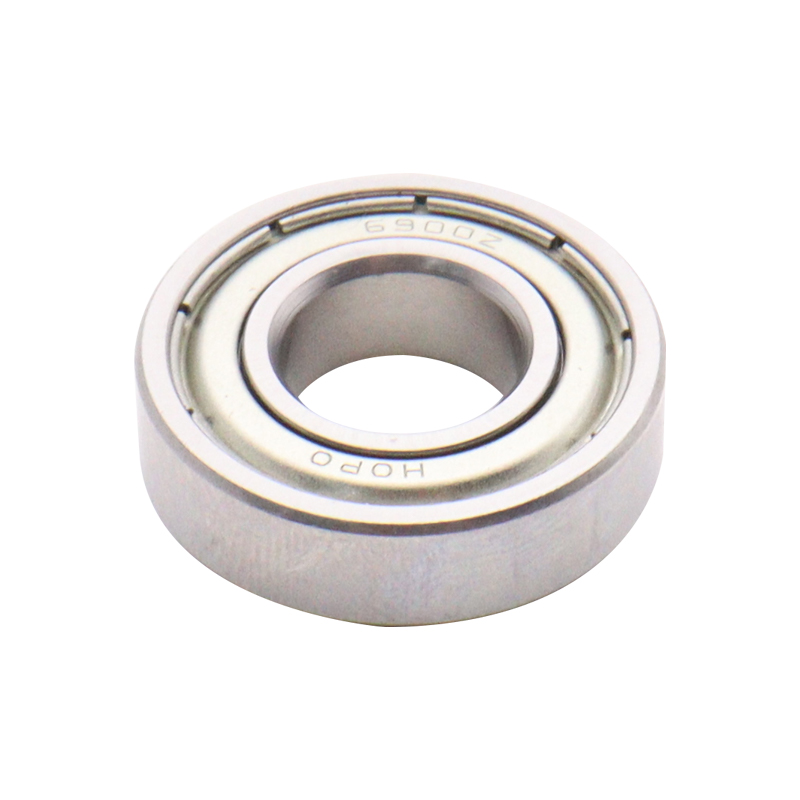
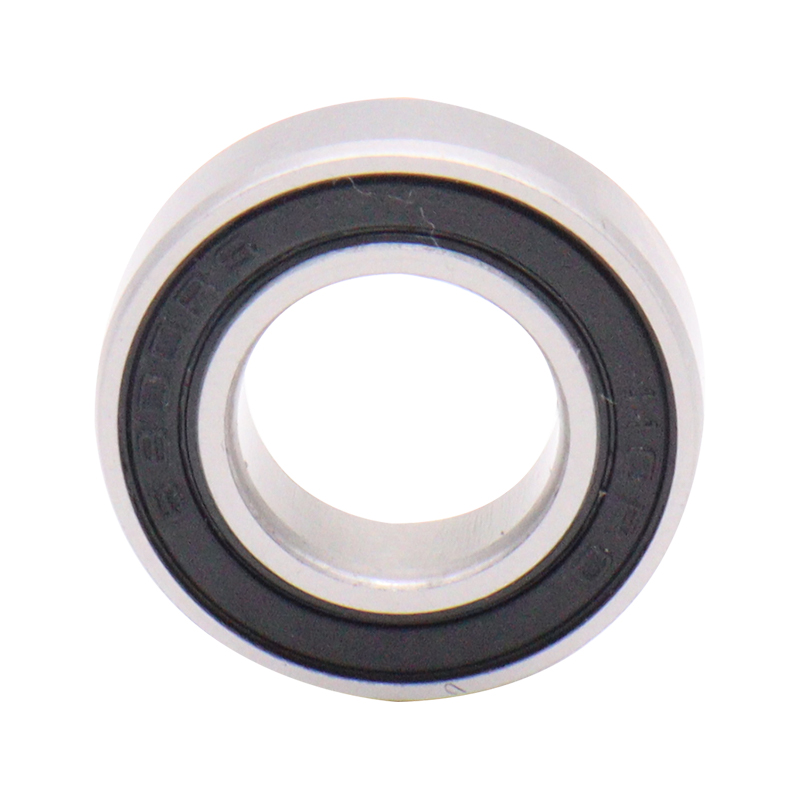
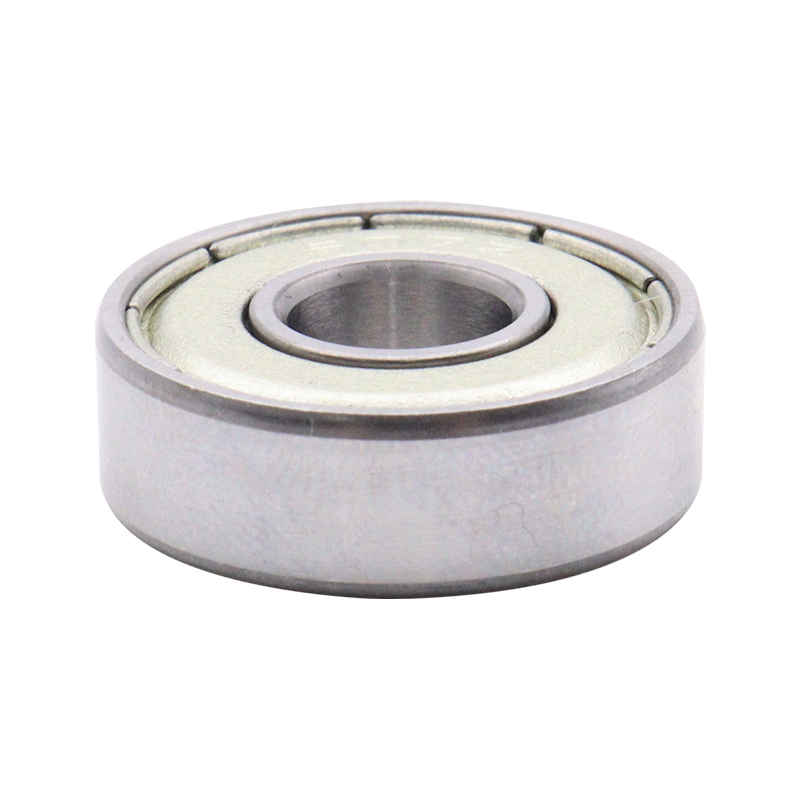
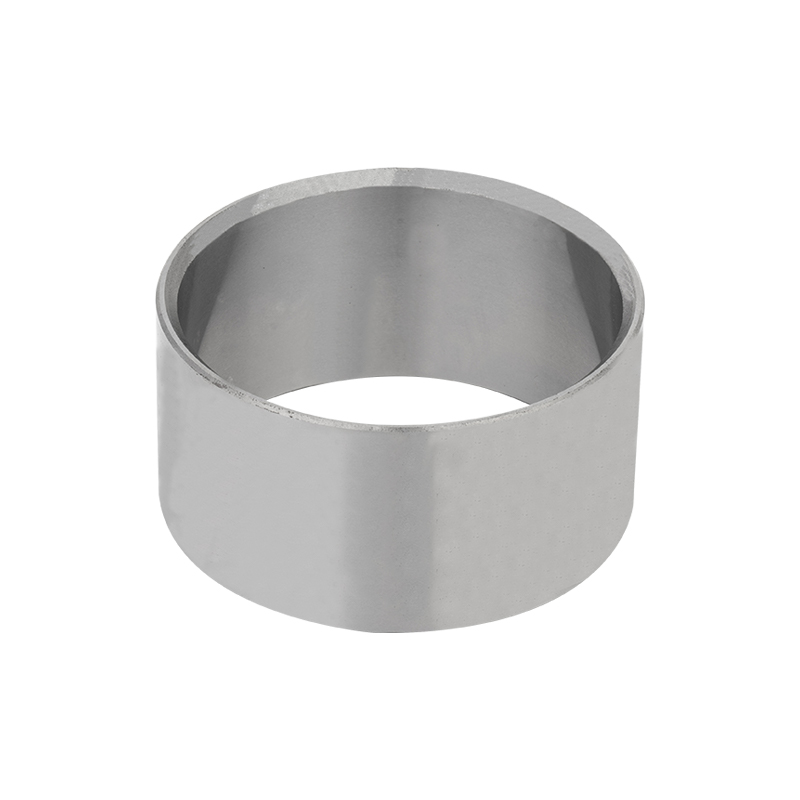
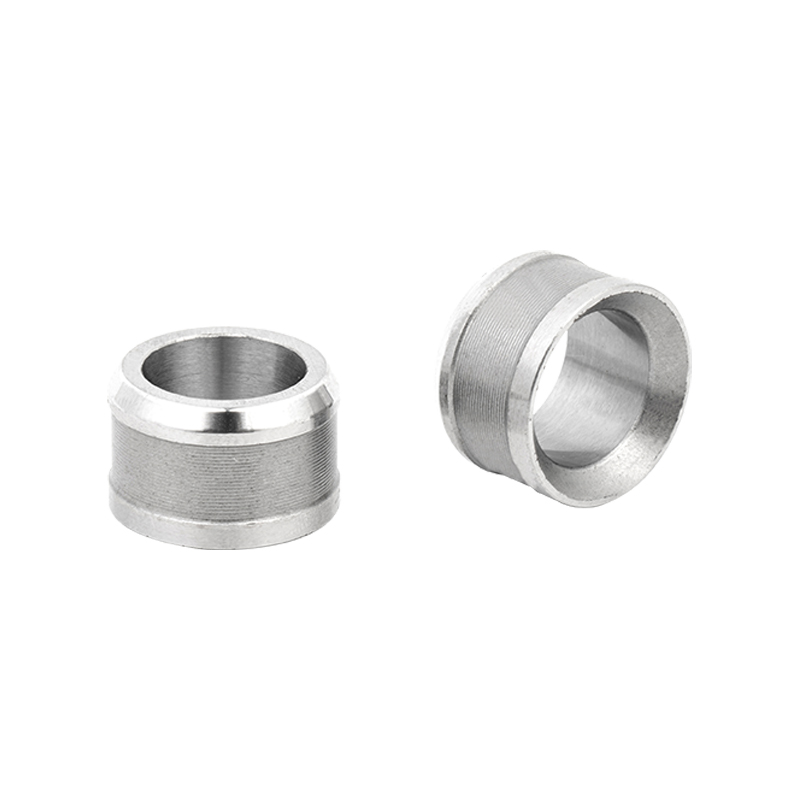
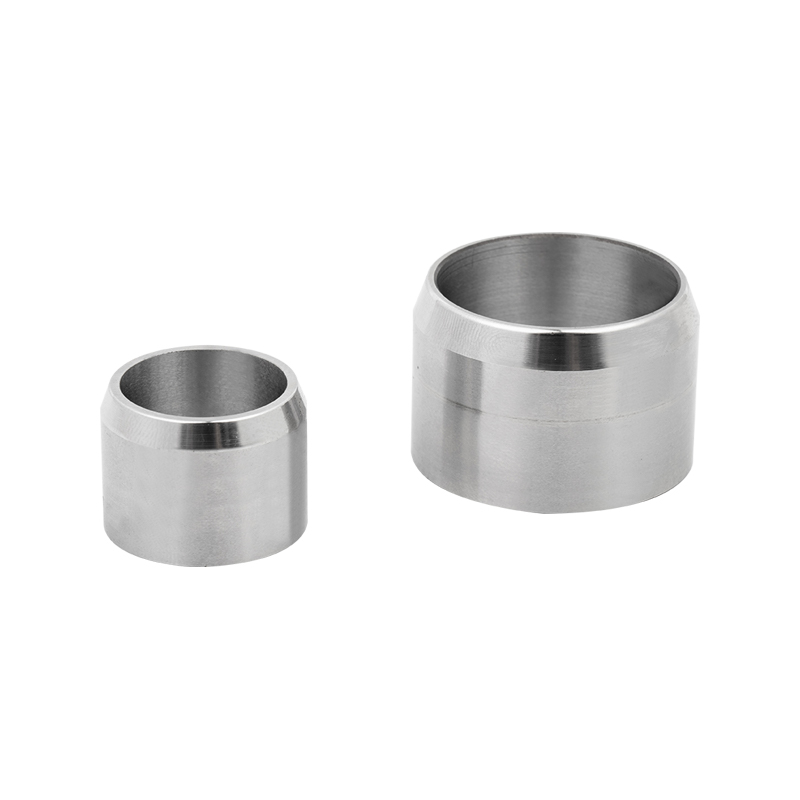
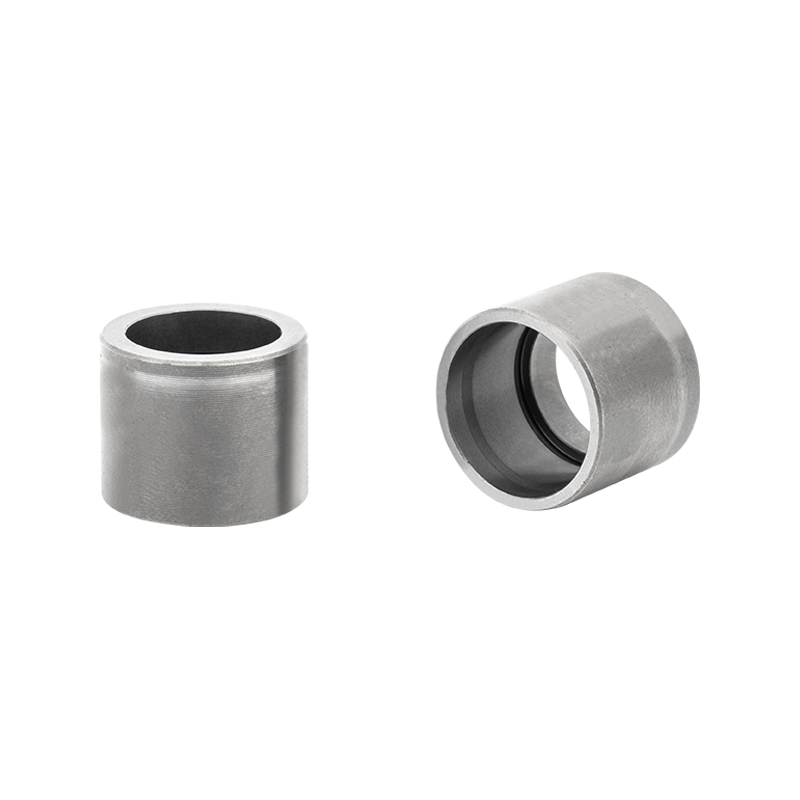
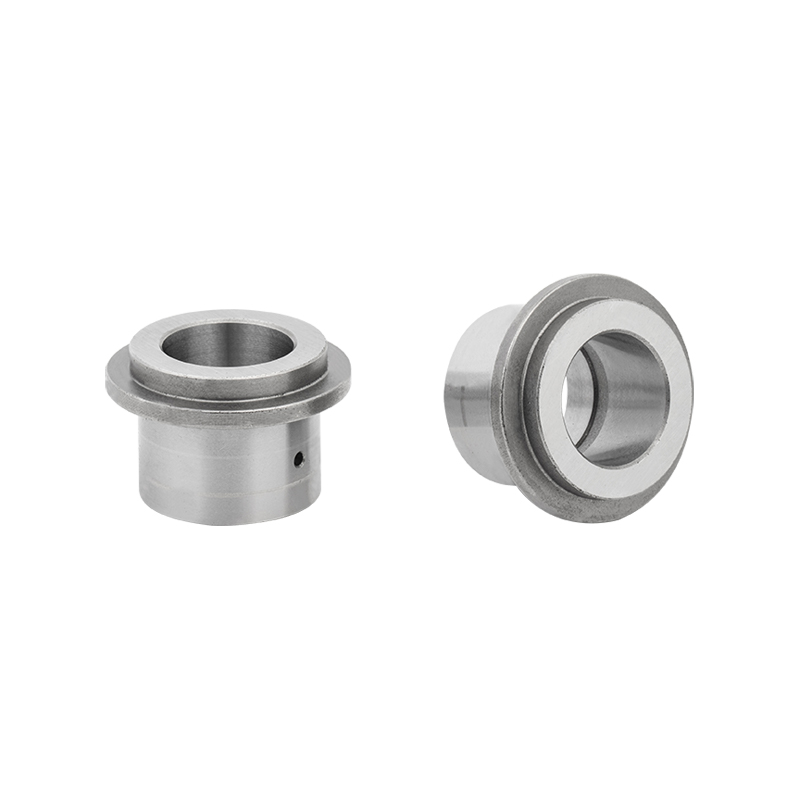

 Download Catalog
Download Catalog
